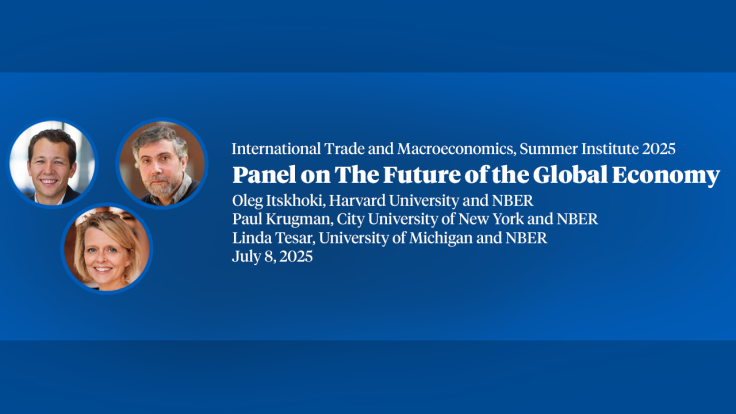The Race Between Asset Supply and Asset Demand
We introduce an asset supply-and-demand approach to analyze the trajectory of US aggregate wealth, real interest rates, and fiscal sustainability. Our framework uses micro-founded and easy-to-implement sufficient statistics to quantify how shifts in demographics, inequality, and other forces affect asset market equilibrium. From 1950 to the present, rapid population aging, rising income inequality, increasing foreign demand for US assets, and declining productivity growth all contributed to a surge in asset demand. Asset supply initially fell, then turned around sharply, mainly driven by increases in government debt and the value of capitalized profits. Overall, asset demand won the race, and interest rates fell. Looking ahead to 2100, population aging will continue to strongly push up asset demand, but at current tax and benefit levels, asset supply will win the race, as rising entitlement costs push up government debt even more. While rising asset demand creates space for debt to eventually reach 250% of GDP without higher interest rates, stabilizing debt at any level requires a permanent fiscal adjustment of at least 10% of GDP.
-
-
Copy CitationAdrien Auclert, Hannes Malmberg, Matthew Rognlie, and Ludwig Straub, "The Race Between Asset Supply and Asset Demand," NBER Working Paper 34470 (2025), https://doi.org/10.3386/w34470.Download Citation
-


